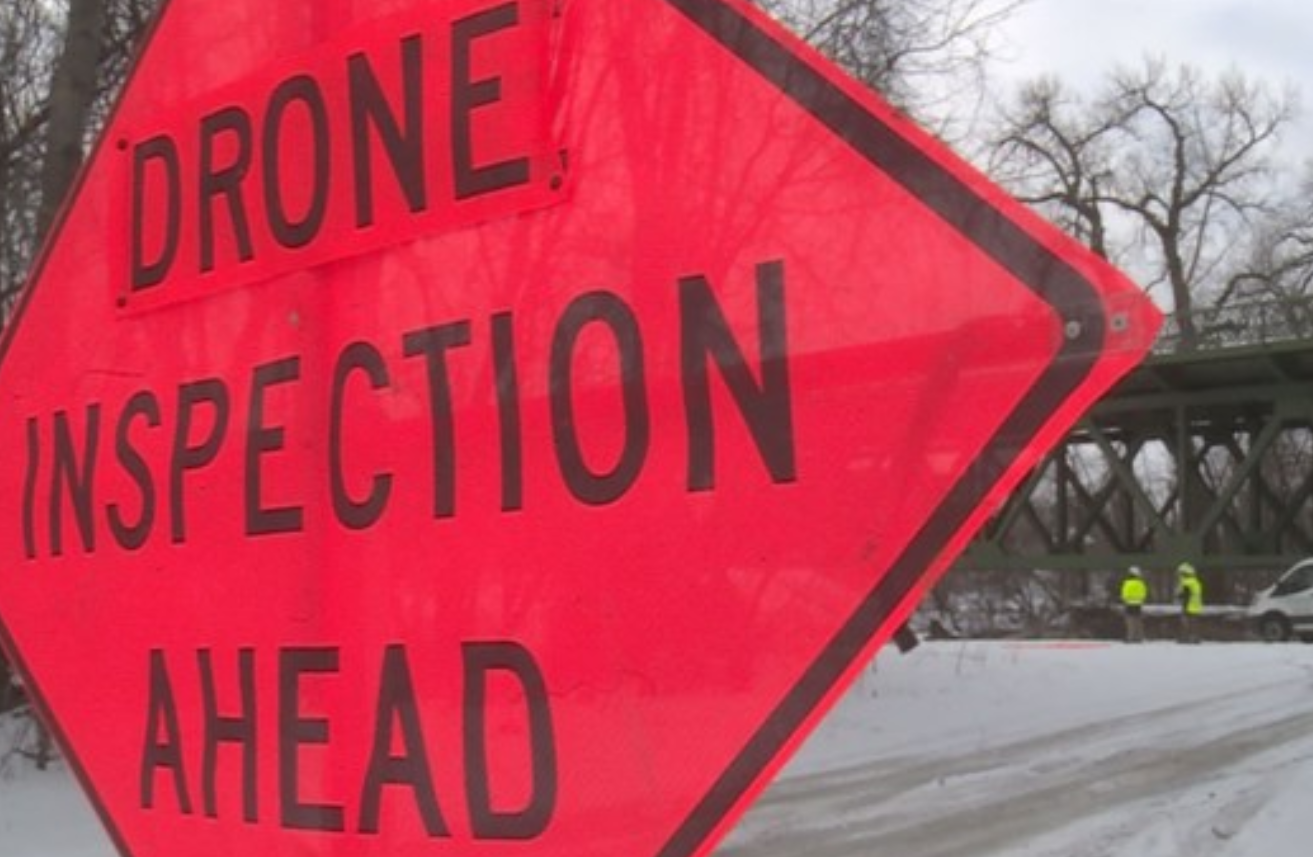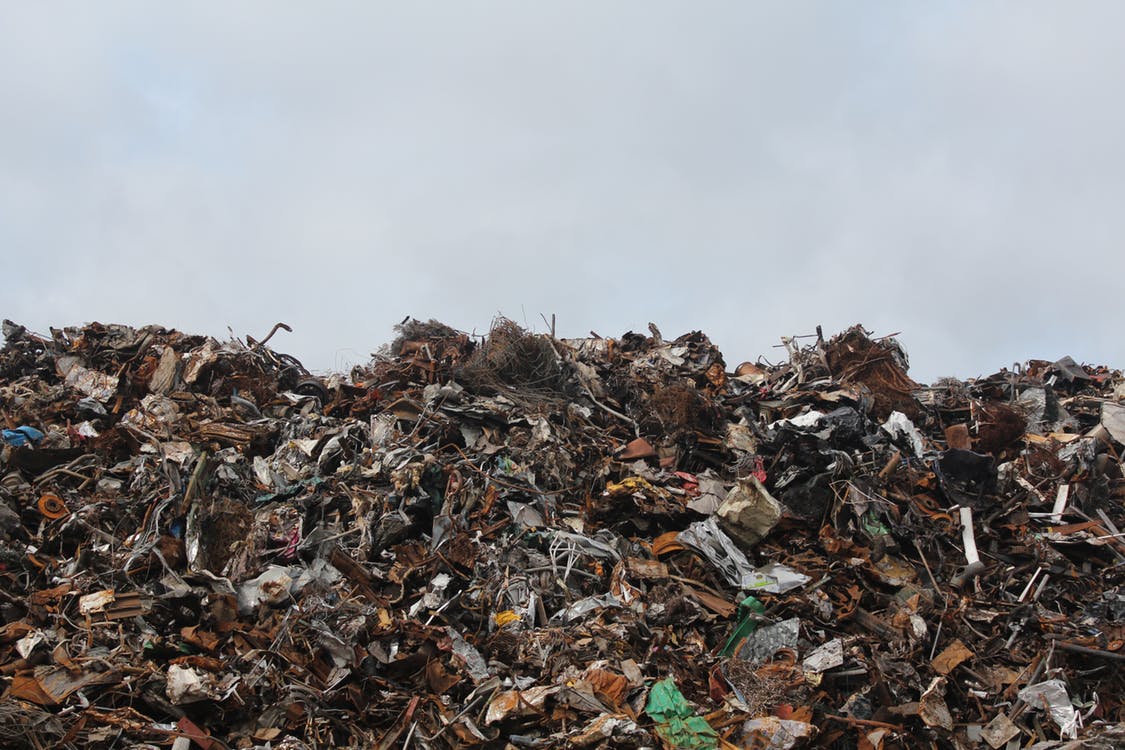- Details
- Hits: 2290
Drones for Construction Sites and Infrastructure Inspection
This post originally appeared on http://foresternetwork.com/daily/construction/jobsite-infrastructure/drones-for-construction-sites-and-infrastructure-inspection/.
In recent months, drones have been making their debut on such projects as asphalt production and road paving, used to track job progress and conduct site surveys. It takes less than 20 minutes to fly a 60-acre site, and less than a minute to track progress. Each three-dimensional (3D) model contains millions of data points.
Kespry builds aerial drones or UAV (unmanned aerial vehicles) called Kespry Automated Drone Systems and an aerial intelligence platform, Kespry Cloud, for many sectors, including construction.
Kespry’s drone system collects high-resolution still imagery and processes it into highly comprehensive high-resolution, two-dimensional (2D) and 3D models of sites, including elevation and contour lines.
The sites can be comprised of any type of geography, including a construction project, a segment of terrain, a quarry, a pit mine, or a road surface, notes Garrett Smith, business development executive.
The high-definition images and maps enable drone operators to identify and label construction assets such as materials, equipment, temporary roads and structures. The automatic calculation of stockpile volumes enables construction crews to complete planning on site and earmark space for new assets and resources.
Case in point: In a road project, ongoing drone missions assist in surveying and planning by capturing the exact location and volume of the movement and excavation of land and materials, enabling those involved in its construction to identify areas that may cause delays or additional costs. “It can be incredibly beneficial for project managers to get a broad overview of their sites, but they derive a lot of value from executing really refined measurements across the site in a number of different ways,” points out Smith, adding that the system is “quite adept at providing a distanced surface area and volumetric measurements across the site.”
For use on construction sites, the drone is viewed as a replacement for manned aircraft such as helicopters or airplanes that fly over sites to take pictures, and in so doing are safer and cost-efficient, he says. “There are technologies out there that leverage the same data that’s collected from manned aircraft that can still generate pretty good 3D or 2D models of these areas, but the cost associated with flying manned aircraft, from the fuel to the aircraft itself to the pilot’s labor hours. Those costs are not a part of a drone’s mode of operations.”
As for safety, “it’s always safer to have a machine go in and do the work rather than a human in high-risk operations such as ascending a large tower for an aerial view or getting on top of a roof,” adds Smith.
And, as with any major equipment investment, there’s always the concern of the return on investment (ROI), and how quickly it can be derived.
Pointing out that ROI varies according to specific uses, Smith says those using a drone on a typical excavation or earthworks project would typically spend 20 to 22% less than they would have been using other methods. “They are executing their work at a much higher frequency—two or more times the frequency that they would have been getting previously potentially by manned aircraft or by other equipment used on the site—and they are spending four times less overall across their operations,” he says.
The Kespry drone is offered as a purchased in-house tool and is not available for rental, notes Smith.
In terms of time invested in training, the drone operates in an autonomous fashion “in that an operator would take it out to a site, set it on the ground, turn it on, and, using the mission planning tablet interface, would draw a box around the area on the map he or she wants the drone to capture data from, and hit ‘fly’,” says Smith. “The drone flies itself up to mission altitude, collects all of that data, comes back, and transmits the data to the tablet and to the website.”
As such, it does not require the depth of training necessarily for a traditional drone or a manned aircraft, says Smith, adding that comprehensive training can be done remotely and accomplished in the span of a morning or afternoon.
Kespry also provides a dedicated “customer success person” for specific construction accounts for site managers or project managers for continued training, updating, troubleshooting, and other needed support.
The data in The Cloud enables it to be instantly sharable within an organization. Kespry provides data security and privacy, but within an organization, the data can be shared with whoever is authorized to view it, such as project managers, supervisors, subcontractors, the CFO, and other decision-makers who can derive benefits from the data, says Smith.
One of the issues currently on the radar regarding drone use is the regulatory space, notes Smith. “In the early days, we recognized there were some regulatory hurdles we needed to help our customers with, one being that customers in commercial operations needed to be exempt through the Federal Aviation Administration [FAA] 333 exemption process and to receive a certificate of authorization specific for their area of operations,” says Smith, adding that Kespry has a program to assist in the process.
The company also has been active in the UAV lobbying effort. That includes a successful effort to update regulations, which “drastically reduces the burden on commercial operators for safe and legal employment of drones in applications like construction,” he says.
Smith notes that there are “very broad applications for the technology that extend well beyond a daily surveillance or imaging of a construction site.”
The value of data collected as the use of drones on construction sites increases will leverage the ability in creative ways to enlarge their benefits, he adds.
“Another aspect of this is an R&D roadmap item that is likely of interest for construction users and is leveraging onboard computer vision and machine learning to do tasks, such as asset tracking across the site so that users will have updated where all of the personnel and equipment are across the site,” says Smith. “This enhances the safety; increases efficiency; and improves the logistics aspect of any larger, complex project.”
Smith notes that infrastructure is one area that has an “incredible volume of need” with the use of drones for infrastructure inspection likely to become an increasingly serious matter in the future. “There are tens of thousands of bridges and dams installed across the United States, and state and municipal agencies are on the hook for providing safety inspections and maintenance inspections over an annual period.”
A March 2016 survey by the American Association of State Highway and Transportation Officials (AASHTO) found that 33 state departments of transportation have or are exploring, researching or testing drones to inspect bridges, among other tasks
- Details
- Hits: 2272
How Do Drones and Driverless Trucks Factor into the Future of Waste Technology?
This post originally appeared on http://www.waste360.com/fleets-technology/how-do-drones-and-driverless-trucks-factor-future-waste-technology.
The waste and recycling industry has made great strides to improve productivity and efficiency while reducing exposure to liability and costs through the use of technology. Industry experts predict that over the next few years, drones and other technologies will continue to reshape the industry.
“Drones equipped with cameras and sensors can provide facilities with feedback on everything from the mundane such as a roof inspection, bird control, or intruder alerts,” says Anne Germain, P.E., BCEE, director of waste and recycling technology for the National Waste & Recycling Association (NWRA) based in Washington, D.C. “Equipped with environmental sensors, drones may begin to assist facilities with environmental monitoring activities.”


